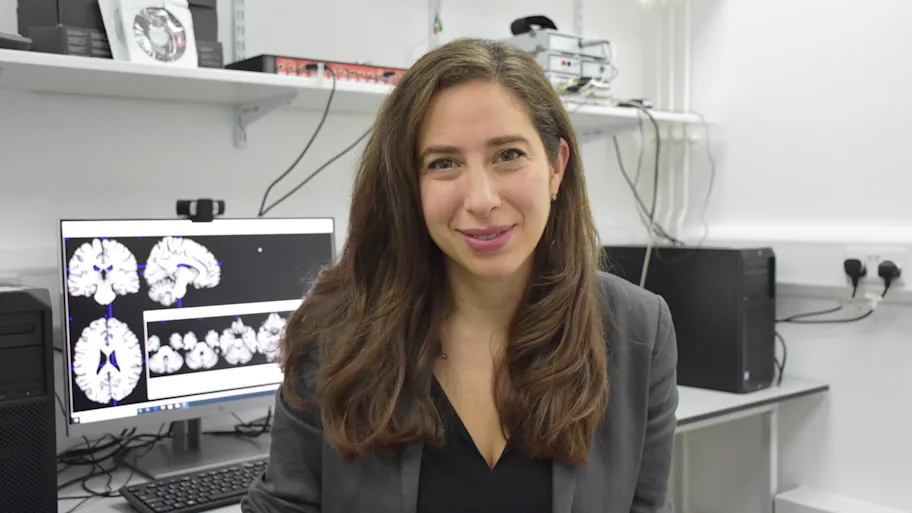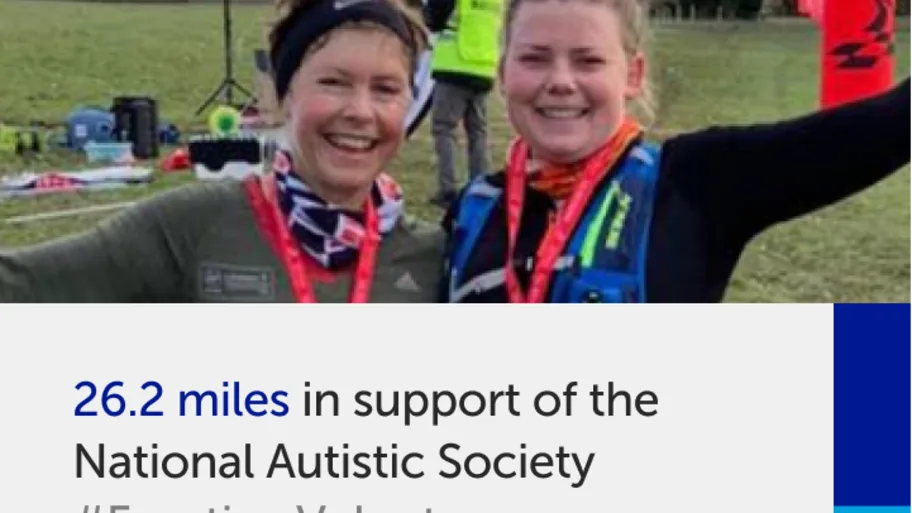
- Science news
- Featured news
- Almost 90% of autistic women report experiencing sexual violence, often on multiple occasions
Almost 90% of autistic women report experiencing sexual violence, often on multiple occasions
By K.E.D. Coan, science writer

The prevalence of sexual abuse may be up to three times higher for women who are on the autism spectrum, compared to those who are not, reports a new study from France. This is the largest survey specifically investigating the vulnerability of autistic women and the results will improve treatment strategies for victims, as well as prevention programs worldwide.
As many as nine out of 10 autistic women in France report have suffered sexual violence, shows a new study in Frontiers in Behavioral Neuroscience. This is one of the largest studies to date focused specifically on this population. In contrast, previous research has shown that the rate of sexual aggression against non-autistic women is one in three, suggesting that offenders are three times more likely to target autistic women. The results also revealed that most victims had been assaulted multiple times, that this began when they were young and that they were rarely able to report the abuse or receive care. These findings will guide better prevention and treatment programs.
“This research project was started by the study’s co-authors (Dr David Gourion, a psychiatrist, and Dr Séverine Leduc, a neuropsychologist) who have observed in their practice that autistic women and non-binary persons were more often victims of sexual violence than other categories of patients,” said co-first author Dr Fabienne Cazalis, of the social sciences division at the French National Center for Scientific Research (CNRS-EHESS). “This is important because symptoms of sexual trauma can be overlooked in individuals with autistic traits, leading to those individuals not receiving the care that they need. We hope that this research will help autistic persons who have been victims of sexual violence receive better understanding and better care.”
A vulnerable population
Cazalis and her collaborators used an online questionnaire to survey the experiences of 225 autistic women who volunteered to participate (of all ages over 17). This study was instigated and completed in collaboration with the local autistic community, which was instrumental in recruiting the relatively high number of participants.
“When Gourion and Leduc began the study, research was still a little scarce on this specific subject, but the topic was nevertheless very much discussed within the autistic community,” explained Cazalis. “Advocates from this community were actually the ones drawing our attention to the importance of studying this subject and, when the study was started, they were the ones raising awareness about it within the autistic community, leading to a vast participation in a short time.”
The survey included both an open question as well as specific questions. Based on this design, there was some variation in reporting, with the open and specific questions identifying abuse in 68.9% and 88.4% of the women, respectively. This highlights the importance of survey design in helping victims receive treatment.
Improving prevention and care
Through the questionnaire, the team also found that 75% of participants had been assaulted multiple times. Of the victims, two-thirds were first abused when they were 18 or under, and this correlated with an increased risk of developing post-traumatic stress disorder. Only one-third of the victims reported the assaults and, of these, there was no follow up action in response to 75% of these reports (either in the form of treatment or prosecution).
Because of the young age of most victims at the time of first assault, the authors suggest that education strategies may not be the most effective means of prevention. Instead they support large-scale programs to reduce systemic sexual violence and gender inequality, as proposed by the World Health Organization and the US Center for Disease Control.
Cazalis acknowledged the risk of selection bias in the study, but highlighted the strength of the results.
“Persons who have been victims of sexual violence might have been be more willing to participate in the study than individuals who have not been victims, leading to an overrepresentation of victims, but we believe that this bias might not be too strong, since our results are very consistent with those of previous studies,” said Cazalis.
“We expect clinicians and professionals to acknowledge the importance of investigating potential sexual victimization when working with women and non-binary persons on the spectrum,” she added. “We also wish that this study contributes to improve general awareness about sexual violence, in order to help prevent it whenever possible.”
REPUBLISHING GUIDELINES: Open access and sharing research is part of Frontiers’ mission. Unless otherwise noted, you can republish articles posted in the Frontiers news blog — as long as you include a link back to the original research. Selling the articles is not allowed.






